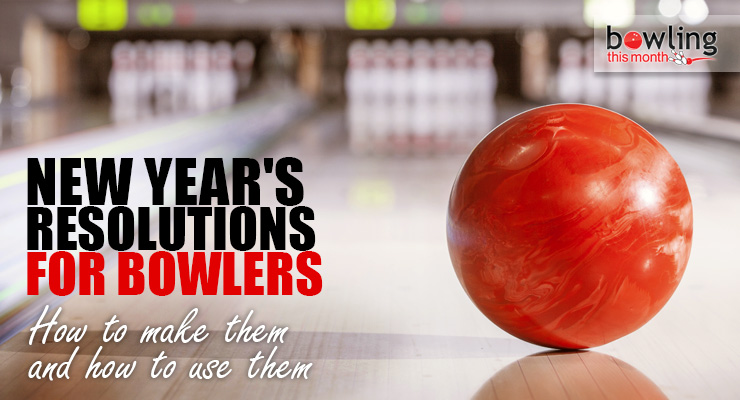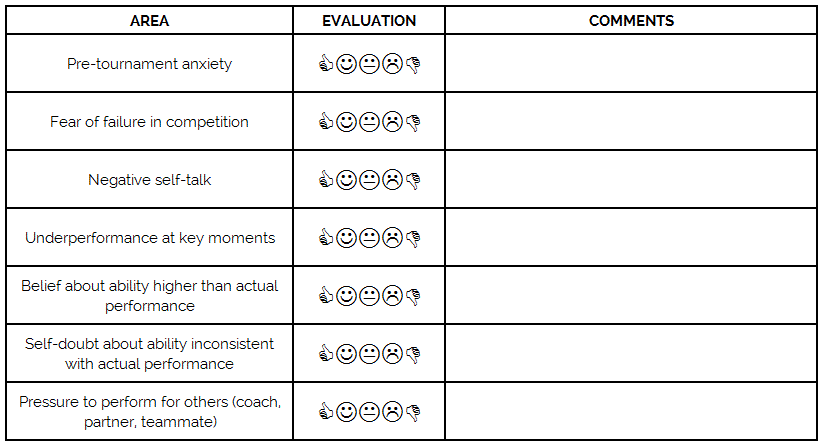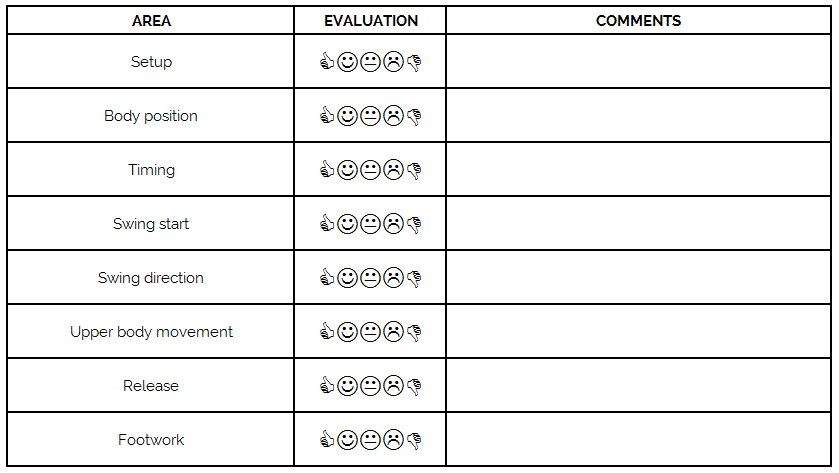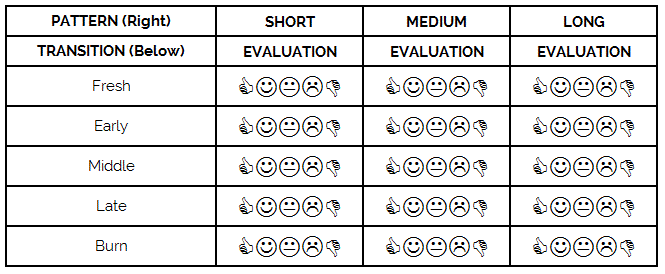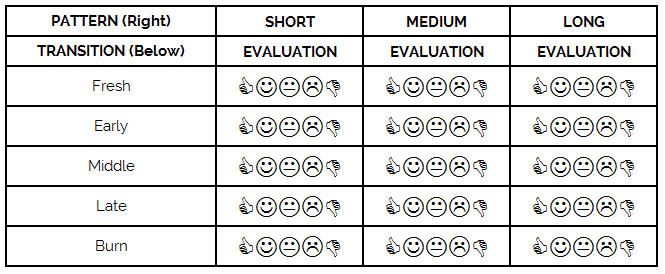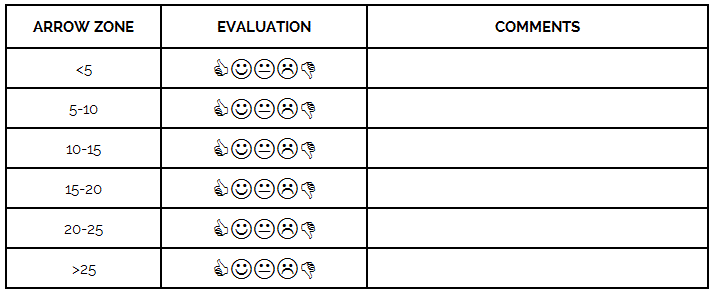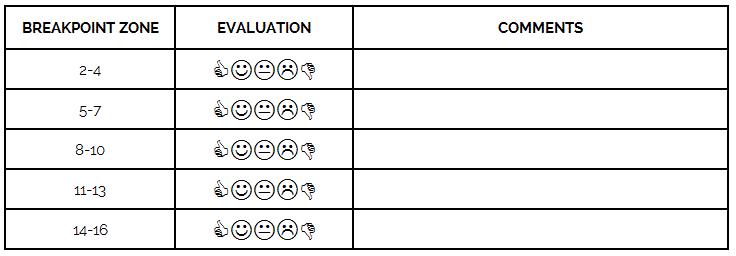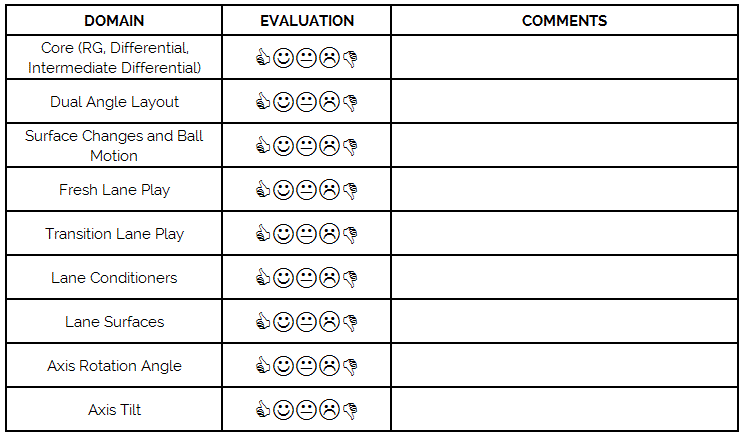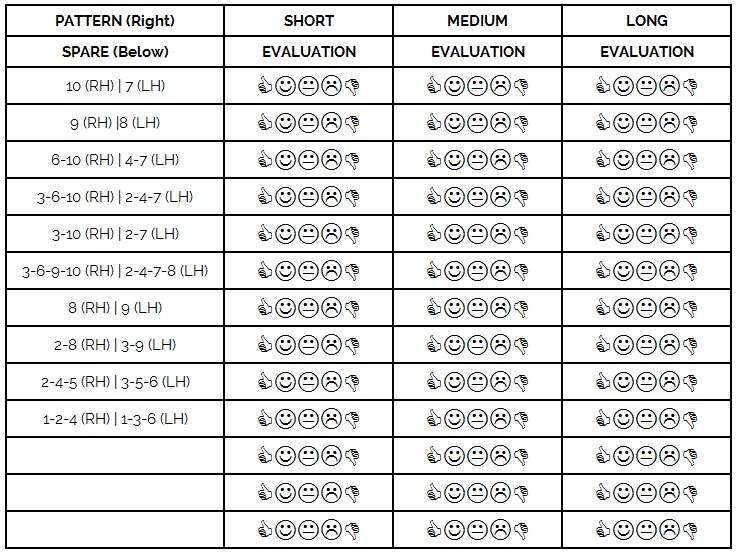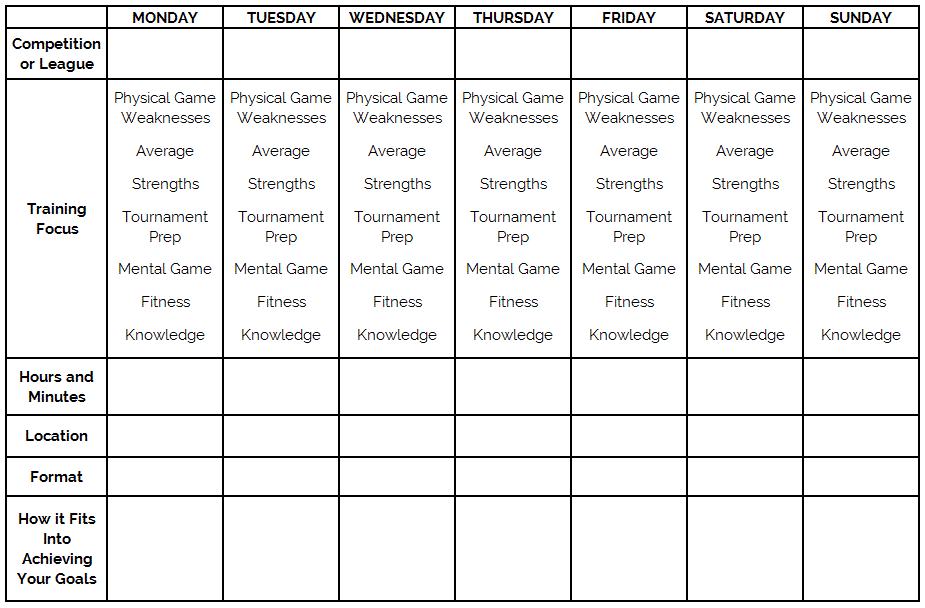As we embark into 2015 with enthusiasm, hope, and aspirations, the transition from 2014 to 2015 presents an opportunity to reflect on our actions, achievements, and disappointments from last year. Formally making a list of resolutions may have become cliché for some, but the process of reflection and evaluation is essential to becoming a better player. I encourage you to conduct a deep and thorough self-evaluation on an annual basis with check-ins on a quarterly basis.
Here’s a self-reflection blueprint to facilitate the development of resolutions. It targets areas of weakness while strategically working you toward your goals. It is intended to guide self-evaluation and act as a catalyst for adding more customized areas for reflection.
Let’s make 2015 a great bowling year for you by formally reflecting on the past year, revisiting your goals, and setting a resolutions list to be the best bowler you can become. Print this article out and work through the questions.
Step #1: Restate or reformulate your long-term goals
Resolutions and specific action plans for 2015 should always be considered within the context of reaching your long-term goals. Accordingly, begin this process by reviewing, reevaluating, and restating your long-term goals.
Goal #1:
Why this goal? What short-term goals must be met to reach it? What skills must improve? What knowledge do you need? Is your current level of training commitment adequate to meet this goal?
Goal #2:
Why this goal? What short-term goals must be met to reach it? What skills must improve? What knowledge do you need? Is your current level of training commitment adequate to meet this goal?
Goal #3:
Why this goal? What short-term goals must be met to reach it? What skills must improve? What knowledge do you need? Is your current level of training commitment adequate to meet this goal?
Goal #4:
Why this goal? What short-term goals must be met to reach it? What skills must improve? What knowledge do you need? Is your current level of training commitment adequate to meet this goal?
Goal #5:
Why this goal? What short-term goals must be met to reach it? What skills must improve? What knowledge do you need? Is your current level of training commitment adequate to meet this goal?
Step #2: Reflection on 2014
In order to build a new commitment plan and build a set of specific actions to reach your goals, a review of 2014 will set the stage to develop a more thorough and accurate plan for 2015:
- What were the biggest performance highlights for 2014?
- Were your short-term goals for 2014 aligned to meet your long-term goals? How did these goals contribute to the long-term goals you set at the start of 2014? Were some short-term goals unrealistic? Were some short-term goals misaligned with your long-term goals?
- What was your weekly practice commitment in 2014? Was this enough?
- Which practice activities helped you improve? Which activities were less effective? Was this adequate to meet your short-term and long-term goals?
- Looking back, how would you have changed your practice commitment in regard to time or focus areas?
- Where did you overachieve in 2014?
- Where did you underachieve in 2014?
- Were your long-term goals different at the start of 2014?
Step #3: Skill and knowledge self-evaluation
Now that you have reviewed last year, evaluate yourself in the following areas to formally help define your strengths and weaknesses. The areas of weakness will be targeted for improvement in 2015 and help define resolutions to take your performance to a higher level.
Mental game assessment
As a bowler improves in skill and knowledge, performance can be hampered due to a weak mental game. Reflect on each of these areas to determine focus areas for 2015.
What does this reveal about you?
Physical game assessment
Which physical game issues are preventing you from reaching your full potential?
What does this reveal about you?
Lane play assessment
Evaluate your abilities within the context of pattern type and phase of transition. This will define your assets and liabilities when bowling in competition. How good are you on these pattern types?
What does this reveal about you?
Arsenal mapping assessment
Review your competition experience from 2014 in regard to equipment. On what pattern type and during which phases of transition did you have the most problems? Visit an IBPSIA certified pro shop professional or a certified coach to discuss your current arsenal within your lane play problem areas to determine any arsenal gaps.
What does this reveal about you?
Lane play zone comfort assessment
To determine important practice focus points, determine your level of comfort playing these zones in the front part of the lane. Add specific comments to discuss frequency of practice time to play these zones or competition experiences.
To determine important practice focus points, determine your level of comfort playing these breakpoint zones. Add specific comments to discuss frequency of practice time to play these zones or competition experiences.
What does this reveal about you?
Ball motion variation assessment
What are your current skills to manipulate ball motion?
What does this reveal about you?
Knowledge set assessment
What is your competence in these knowledge areas?
What does this reveal about you?
Reflection on specific patterns and transition phases
How would you approach playing specific conditions and phases of transition based on your experience? This will provide insight for your coach or pro shop professional and identify knowledge areas to focus on during 2015.
Common spare shooting proficiency assessment
From your competition experience, identify spare shooting strengths and weaknesses. Reflect on why you are missing spares within the context of a specific condition or phase of transition.
Any trends?
Step #4: Resolutions
Work through the information revealed in your self-evaluation to determine the biggest areas of weakness in skill, knowledge, lane play, mental game, arsenal, etc. From the self-evaluation, what are your biggest areas of weakness?
What skills do you want to improve in 2015?
What do you want to learn more about in 2015?
Step #5: Create a training schedule to match your resolutions
From the process of self-reflection and self-evaluation, build a training schedule to address your areas of weakness as well as focus on the areas in which you want to learn more. Your resolutions to improve in these areas can be guided by dividing your time according to specific focus points. I recommend spending the following percentages on identified areas:
- 35% on the weakest areas
- 25% on areas identified as average or mediocre
- 20% on your strongest areas
- 20% on specific competition preparation (lane play, arsenal preparation)
How many leagues will you bowl in 2015?
How many hours per week can you train on the lanes?
How many major tournaments are you planning?
Conclusions
To create a more accurate list, have your coach and pro shop operator also complete the assessment of your skills and knowledge. This comparison will reveal specific areas in which your self-perception does not match reality. Comparing evaluations will provide more clarity. Most importantly, the differences in the evaluation between your perception and the coach’s will provide a great opportunity for discussion.
Print-friendly PDF (Editor’s Note)
As Joe suggested above, this article is best utilized in printed form so that you can work through the various worksheets. Please click here to download a print-friendly PDF.
Image Credits: Bowling ball / lane photo (©iStock.com/crossstudio) is licensed for use by BTM and is the copyrighted property of its original creator.
